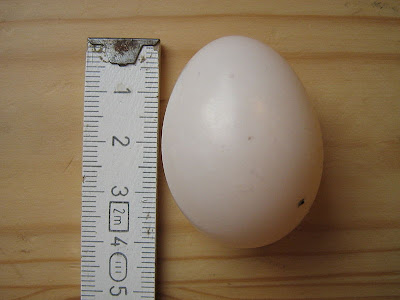This posting gives general information about Parrots in India and in particular the Rose Ringed Parakeet. To find out more information about this particular bird, including photographs, visit my earlier posting at this link here.
Parrots are so different from other birds that all ornithologists are agreed in giving them an order to themselves. They vary a treat deal in size and colour but are always easily recognised. Their beak is exceedingly short and thick, and very much hooked; the upper jaw being moveable as well as the lower, in order to give sufficient play under the circumstances. Their shanks are very short, and like the toes, covered with many very small wart-like scales; the toes are in pairs, the outer front toe being turned backwards.
 |
| Rose Ringed Parakeet |
Most of them use the feet as hands, holding pieces of food in one while they eat it. Another very characteristic habit of Parrots, and one almost confined to them, is the use of the beak as a third leg in climbing; indeed, the way in which they clamber about the boughs is very characteristic. As a rule, they keep to the trees, and when on the ground move with an awkward waddle. They are good flyers, but the style of flight differs a great deal. Their nests are almost invariably in holes of trees, etc., without any lining; and the eggs are always pure white. The young are usually naked at first, and fledge off very like the parents. When small, they are easy to feed by the old birds from the crop, as they will gape for food.
Parrots are found throughout the warms regions of the world. Only a few kinds are found in India with many imported from the Eastern Islands, Australia and even South America. But have become so well known in this country as to even have native names. The most common Parrots in India are the Grey Parrot and the small long tailed kind known as Parakeets or Parroquets.
The Rose-Ringed Parakeet (Palaeornis Torquatus) is about sixteen inches long, about ten of which belong to the tail; in colour it is green with a red bill and white eyes. This species is found nearly all over India but it usually avoids the hills. It is the commonest of Indian Parrots, and is very familiar as a garden bird and even comes into the towns. It breeds from January to May, using holes in buildings as well as those in trees.
**************************************
A few days ago I read online about a hitherto unknown Parrot to me, the Kakapo, which until this time has only been found in New Zealand (and is unknown in India). As the rare bird is so beautiful and unusual, decided to post about it here in this section dedicated to Parrots.
 |
| Adut Kakapo,New Zealand |
The Kakapo is a species of flightless Parrot: that is ground-dwelling, nocturnal and thoroughly rotund. This bird developed in the isolated environment of New Zealand, and its evolutionary upbringing accounts for its somewhat peculiar physical characteristics. Abundance of food and previously an absence of ground-based predators encouraged the Kakapo (the name translates as ‘night owl’) to sacrifice its power of flight. However, Kakapos compensate for their inability to fly with superb camouflage and a tendency to freeze completely when startled. The Latin name of the Kakapo (Strigops habroptilus) translates roughly to owl-face soft-feather.
 |
| Large beak of adult bird |
Unfortunately with man’s arrival in the island of New Zealand, and accompanying visitation of cats and rats, the Kakapo population was almost completely wrecked.
However nowadays the New Zealand Government has implemented a Kakapo Recovery Plan to save the species, which is monitoring the arrival of Kakapo chicks and relocating them and their parents to ‘safe’ islands, with feeding provisions and safety from predators.
 |
| Egg that hatched |
Conservationists are currently celebrating the arrival of a Kakapo chick hatched from a cracked egg held together by nothing more than tape and glue. The bird joins a global Kakapo population of just 125 birds.









































